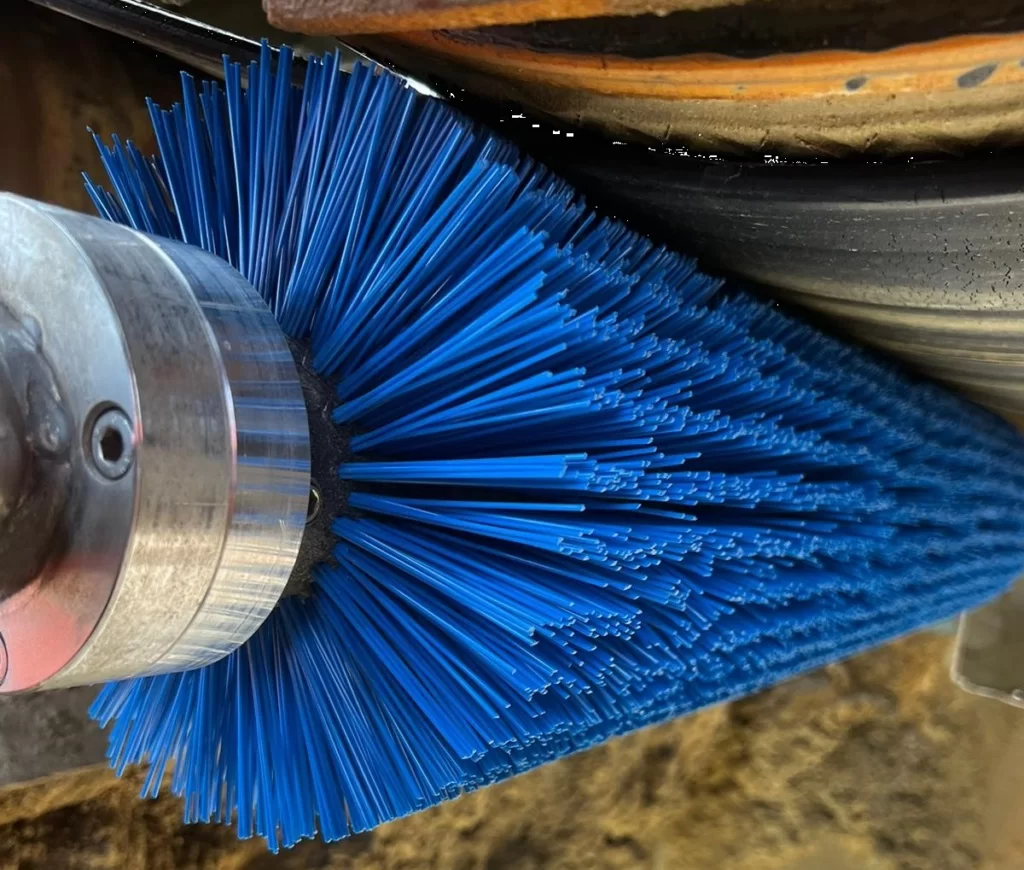Maintaining clean and functional conveyor belts is vital in a materials recycling (MRF) plant to avoid productivity loss and safety risks. Spillages, carryback, and downtime on conveyor belts can result in higher maintenance expenses, decreased output, and potential workplace accidents. As a manager of a recycling plant, implementing preventative strategies is critical to keep the conveyor belts in prime condition and circumvent these problems.
Let’s run through some practical ways to keep your conveyor belts clean and operational, preventing spillages, carryback, and downtime at a materials recycling plant.
Regular Maintenance and Inspection
To ensure your conveyor belts remain clean and operational, consistent maintenance and inspection are crucial. A well-structured maintenance plan should encompass routine inspections, thorough cleaning, and proper lubrication of the conveyor belts, along with the replacement of parts that are worn or damaged. These inspections should be carried out by skilled personnel capable of detecting and addressing potential issues before they escalate into major problems.
Compliant Cleaning Techniques
Effective cleaning methods are crucial to avoid spillages and carryback on conveyor belts. Techniques like vacuum and air blast cleaning are excellent for removing dirt and debris in a way that prevents corrosion. While water and detergents are often employed for cleaning conveyor belts, it’s important to be cautious with moisture levels, as excessive water can lead to rust and harm components like bearings, rollers, and other parts.
Conveyor Belt Scrapers
Using conveyor belt scrapers is a highly efficient method to prevent carryback and keep the conveyor belt surface clean. These scrapers function by removing material from the conveyor belt before it gets to the end pulley. This action helps in preventing the accumulation of material and reduces spillages. There are various scraper systems available, such as primary, secondary, and urethane scrapers, each offering different levels of cleaning effectiveness.
Motorised Brush Cleaners for Conveyors
Hoverdale UK Limited’s motorised brush cleaner for conveyors presents a modern solution to a longstanding industry challenge. This system helps keep conveyor belts clean and functional, resulting in lower operating costs, enhanced safety, and heightened efficiency for facilities. This exemplifies how simple innovations can often yield significant and impactful results.
Training and Safety
It is essential to implement training and safety protocols to avoid accidents in MRFs and guarantee the correct usage of conveyor belts. Employees need to be trained in operating, maintaining, and inspecting conveyor belts to prevent hazardous working environments and expensive mishaps. The installation of safety barriers, conveyor guarding and sensors is also crucial to identify blockages and enable automatic shut-off during emergencies.
Conveyor Belt Tracking
Conveyor belt tracking issues, commonly encountered in recycling plants, can lead to belt misalignment and increased wear on components. To improve belt tracking, consider installing tracking rollers, maintaining appropriate belt tension, repairing any damage to pulleys or supports promptly, and minimizing material spillages.
Stay clean, stay operational – keep materials moving in and out safely.
Ensuring that conveyor belts are clean and operational is crucial in a recycling plant to avert spillages, carryback, and unnecessary downtime. Implementing measures such as regular maintenance and inspection, employing proper cleaning methods, using conveyor belt scrapers, conducting training and ensuring safety, and focusing on conveyor belt tracking can significantly contribute to keeping your conveyor belts in prime condition and preventing costly interruptions. As a manager of a recycling plant, adopting these strategies is vital for the safety of your employees, the efficiency of your operations, and the longevity of your equipment.
Conveyor Belts Glossary of Terms
There are lots of different types of conveyor belts: So, if you’re struggling with your knowledge of conveyor belt terminology, or you just want to brush up (excuse the pun!) on what keeps your conveyors operational, the A-Z of Conveyor Belts is available here to download!

Hoverdale are proud Members of Made in Britain.





